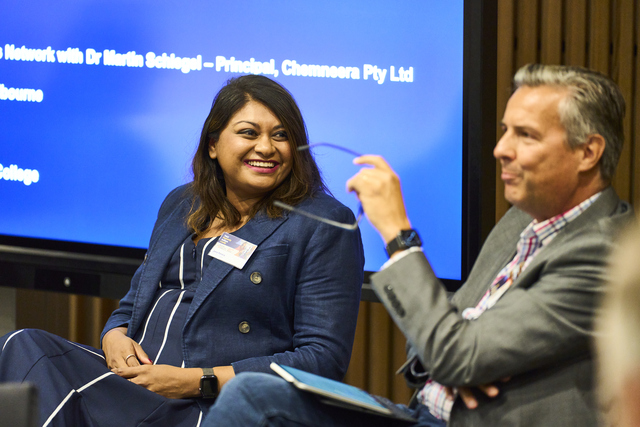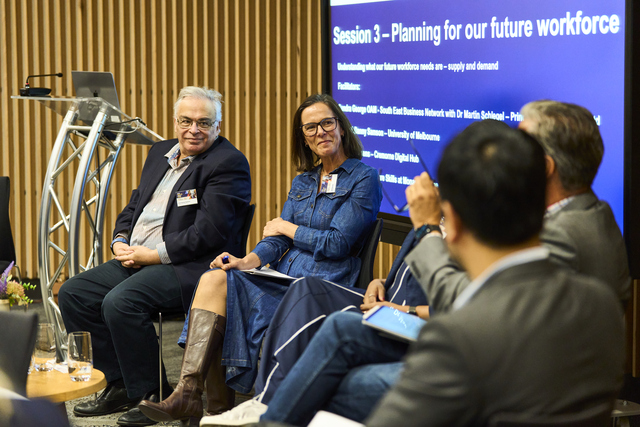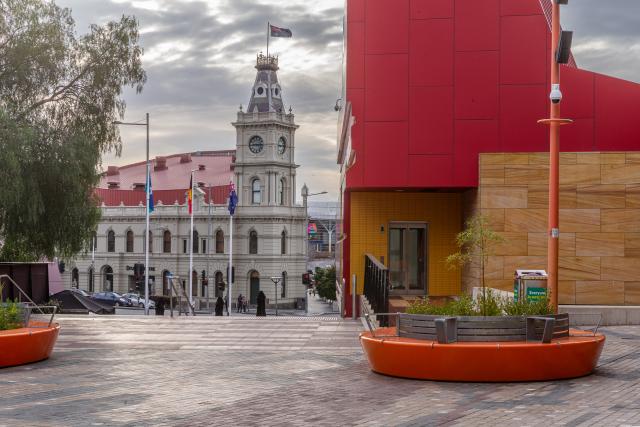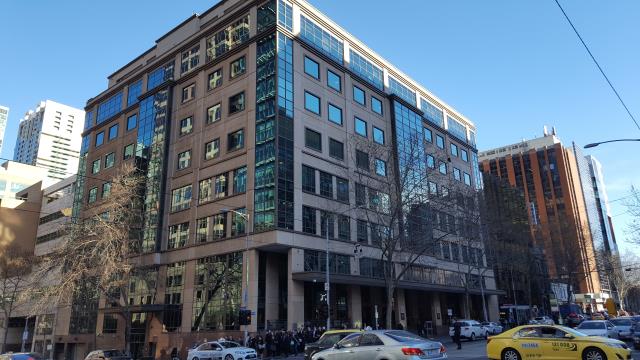Manufacturing industry advocacies are calling for the government to collaborate with and “catalyse” the sector to boost economic productivity.
In a panel discussion to understand future workforce needs in Greater South East Melbourne (GSEM) at the GSEM Jobs and Skills Summit on Friday 3 May, professor Danny Samson at the University of Melbourne said Australia was increasingly moving towards being a hollowed-out economy as manufacturing was moved to low-cost countries.
Professor Samson has areas of expertise that include manufacturing and operation strategy, sustainable development, and Environmental, Social, and Governance (ESG).
He pointed out that Australia ranked 93 among 133 countries in the Harvard Economic Complexity Index which measures the richness and depth of the economy, wedged between Uganda and Pakistan. This was driven by a lack of diversification of exports.
“I think that it’s not good enough for us to continue down that path [mining and agricultural],” he said.
“We do need to get back into doing what the world’s best economies do, the richest economies do, which is that government works with [manufacturing] industry, catalyses what’s going on, and helps them [by making the rules for business easy and friendly as opposed to difficult].”
He said the manufacturing industry in the region needed to pick up its focus.
“We look at what we’ve got. We look at our current assets. We look at our current competitive advantage. We look at trends going forward. We look at the tech that we need, the skills that we need, and come up with a focused answer to the question: what should our strategy be?” he said.
“We need to have what the world’s best economies have, which is the government and business work government at all levels, and business work very close together to achieve that outcome in a focused way.”
Panellist Dr Martin Schlegel, who has 25 years of international experience in the manufacturing industry across novel materials, technology, and R&D commercialisation, said the Queensland Government provided an example of bringing a focused approach to its policy framework.
“Australia has a quantum technology policy, an industry policy for an emerging technology that probably will be available to us in a useful and affordable way in about 10 years,” he said.
“What the Queensland Government has done is that on the back of that technology gap, they developed a strategy and some tactics, and they focus. They say that they are going to apply only in this and this and that area.
“They disregard everything else because that focus will allow them to bundle their limited resources to attract the talent that they need for these, to support the initiatives that are in their various sectors.
“All other things will leave out.”
Julie Stevens, partner engagement and activation lead at Cremorne Digital Hub, said at the panel that government, community, industrial, and education partners should come together to see what future skills would be needed in the manufacturing industry and use those to underpin the future workforce.
“We can’t do it in our silos, in our manufacturing plants, in our educational institutions… The best way to do it is just to adopt that approach of piloting things, seeing what sticks, and then leveraging the funding that’s available to help scale those and building those nodes of industry in the region,” she said.
“It has to be about building economic productivity.”










